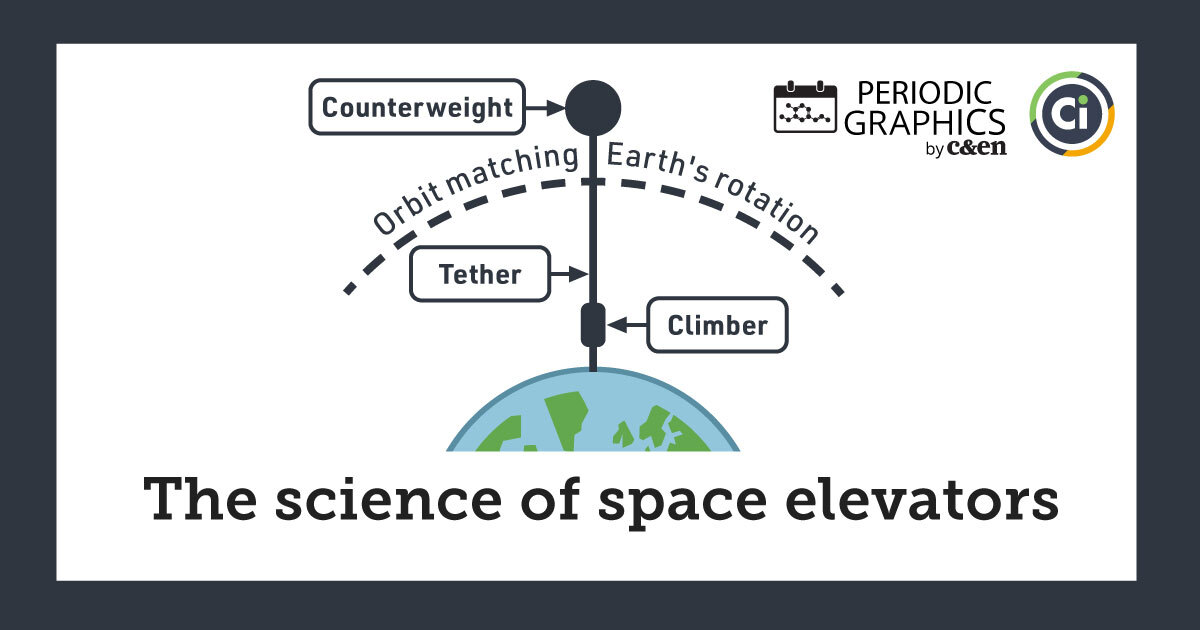Advertisement
Grab your lab coat. Let's get started
Welcome!
Welcome!
Create an account below to get 6 C&EN articles per month, receive newsletters and more - all free.
It seems this is your first time logging in online. Please enter the following information to continue.
As an ACS member you automatically get access to this site. All we need is few more details to create your reading experience.
Not you? Sign in with a different account.
Not you? Sign in with a different account.
ERROR 1
ERROR 1
ERROR 2
ERROR 2
ERROR 2
ERROR 2
ERROR 2
Password and Confirm password must match.
If you have an ACS member number, please enter it here so we can link this account to your membership. (optional)
ERROR 2
ACS values your privacy. By submitting your information, you are gaining access to C&EN and subscribing to our weekly newsletter. We use the information you provide to make your reading experience better, and we will never sell your data to third party members.
Materials
A biobased aerogel for radiative cooling
A newly designed aerogel made of gelatin and DNA is highly reflective and environmentally friendly
by Fionna Samuels
July 10, 2024
| A version of this story appeared in
Volume 102, Issue 21

As climate change heats things up, air conditioners strain to keep us cool. In response, researchers across the globe are designing superreflective materials capable of passively cooling spaces by reflecting heat away from buildings. Now, a team from Sichuan University has used gelatin and DNA from salmon sperm to create a new, ecofriendly aerogel for radiative cooling (Science 2024, DOI: 10.1126/science.adn5694).
The team chose DNA as the base for their aerogel for a few reasons, writes lead author Jian-Wen Ma in an email. Not only is the biomolecule abundantly available and readily compostable, but it also offers a plethora of hydrogen-bonding sites along its length. When the DNA is combined with gelatin and freeze-dried to create an aerogel, these sites form a cross-linked network of dynamic hydrogen bonds between the gelatin and DNA, Ma says.
It’s this network that allows pieces of the aerogel to easily combine in a process Ma calls “water welding.” Simply wet the edge of one piece and press it against a dry chunk. After 30 s at room temperature, the two will have become one with no additional energy input required.
The bonds between DNA and gelatin give the aerogel another unique property: it glows. When the material absorbs ultraviolet photons, the light energy is converted to wavelengths in the visible range and emitted through fluorescence and phosphorescence. This energy conversion results in a weighted reflectance of 104% in the visible region of the light spectrum, an eye-catching value that may be mistaken as defying the laws of thermodynamics. But were the calculation to consider the entire spectrum of light, the reflectance would be under 100%, Ma says.
“The water welding method is good for quickly preparing large scale aerogels,” writes materials scientist Kai Zhang of the University of Göttingen in an email. And investigating a photoluminescent material is a fresh angle for radiative cooling research, but he thinks emphasizing this aerogel’s 104% reflectance of visible light misses the larger point. “It is not wrong, but in fact it is only part of the story,” he says. And, personally, he would prefer using a more scientific and precise description.




Join the conversation
Contact the reporter
Submit a Letter to the Editor for publication
Engage with us on Twitter